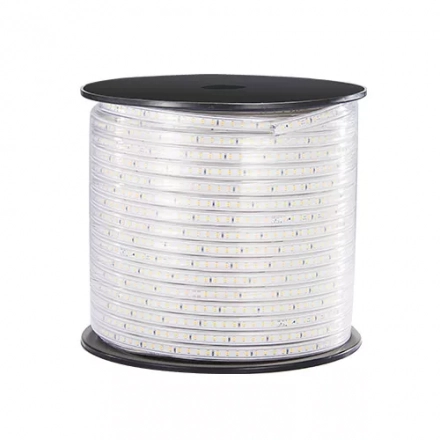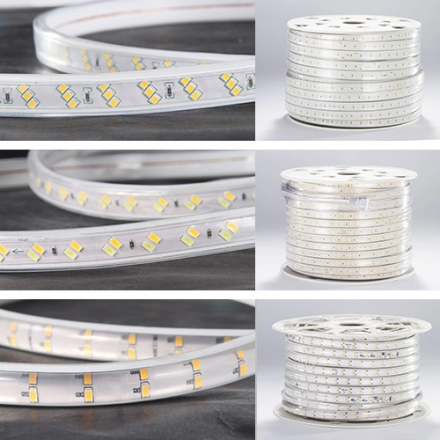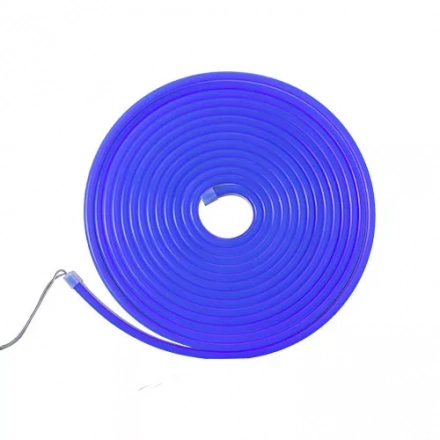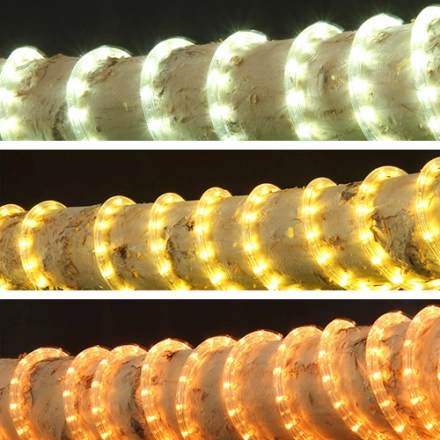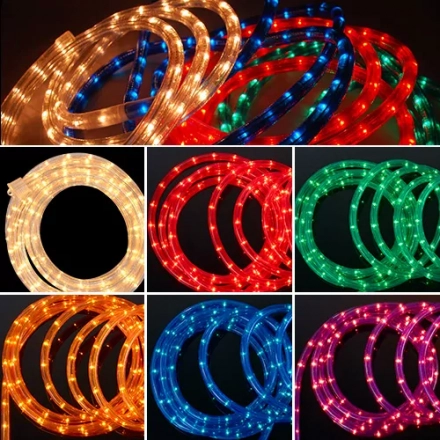Objective Analysis of the Potential of "LED Strip Light" for Under-Cabinet Lighting in a Kitchen
LED strip lights have gained popularity in recent years due to their versatility and energy efficiency. They offer a range of possibilities for various lighting applications, including under-cabinet lighting in kitchens. In this article, we will objectively analyze the potential of using LED strip lights for under-cabinet lighting and explore their benefits and considerations.
LED strip lights, also known as LED tape lights, consist of a flexible circuit board with surface-mounted light-emitting diodes (LEDs). They are available in various colors, brightness levels, and lengths, making them suitable for customization in different spaces. When it comes to under-cabinet lighting in kitchens, LED strip lights offer several advantages.
Firstly, LED strip lights provide excellent task lighting, illuminating the countertop area and enhancing visibility for food preparation and cooking. They produce a focused and even light distribution, reducing shadows and making it easier to see ingredients and utensils. LED strip lights also offer dimming capabilities, allowing users to adjust the light intensity according to their needs and preferences.
Furthermore, LED strip lights are energy-efficient, consuming significantly less electricity than traditional lighting options. This energy efficiency contributes to cost savings over time and reduces the environmental impact. LED technology has also advanced in terms of color rendering, with many options providing a high color rendering index (CRI), ensuring that the colors of the kitchen environment appear vibrant and accurate.
Another benefit of LED strip lights is their flexibility and ease of installation. The adhesive backing on the strips makes them simple to attach to the underside of cabinets without the need for complex wiring or fixtures. This easy installation process makes LED strip lights a practical choice for homeowners who want to upgrade their kitchen lighting without extensive renovations.
However, there are certain considerations to keep in mind when using LED strip lights for under-cabinet lighting in a kitchen. One important factor is the selection of the appropriate color temperature. Warm white (around 2700-3000K) is commonly preferred for kitchen lighting as it creates a cozy and inviting ambiance. Cool white (around 4000-5000K) offers a brighter and more vibrant look, suitable for task-oriented areas.
Another consideration is the quality of the LED strip lights. It is crucial to choose reliable and reputable brands to ensure longevity and consistent performance. High-quality LED strip lights will have proper heat dissipation mechanisms and robust circuitry to prevent premature failure or color shifting.
In summary, LED strip lights offer great potential for under-cabinet lighting in kitchens. Their task-oriented illumination, energy efficiency, easy installation, and customization options make them a compelling choice for homeowners. However, careful consideration should be given to color temperature selection and the quality of the LED strips to achieve optimal results.

